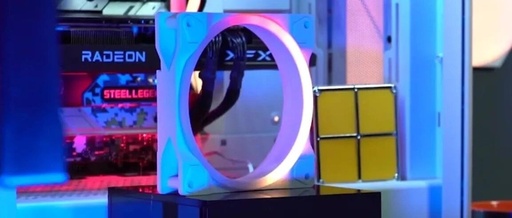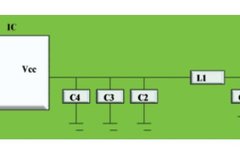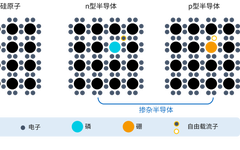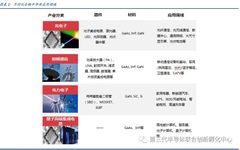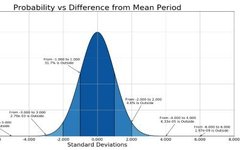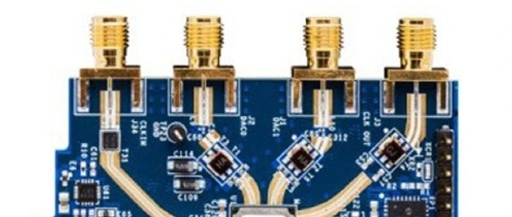Blade-less “Computer Fan”? Unique Innovations in Cooling Technology!
To this day, the air cooling market has matured, but the uniform tower design has become somewhat aesthetically tiresome. Looking back over a decade ago, when cooling manufacturers had not yet fully grasped the concept of “airflow,” consumers were eager to let their computers “show off”: at that time, the air cooling market was truly … Read more
